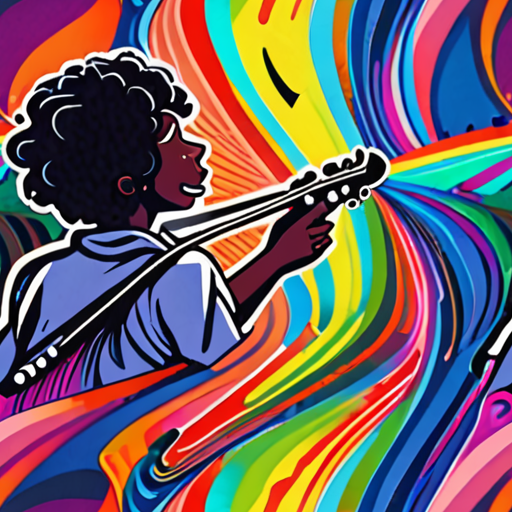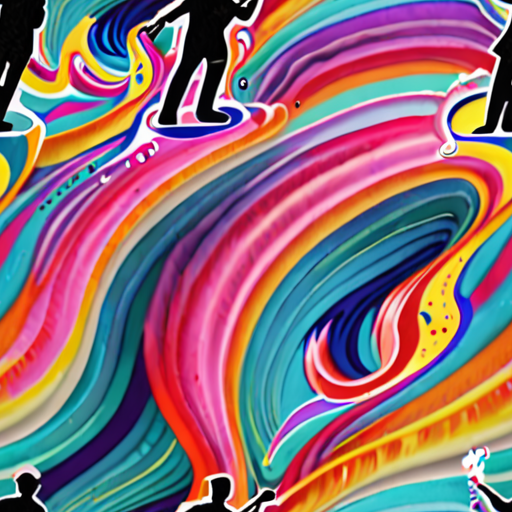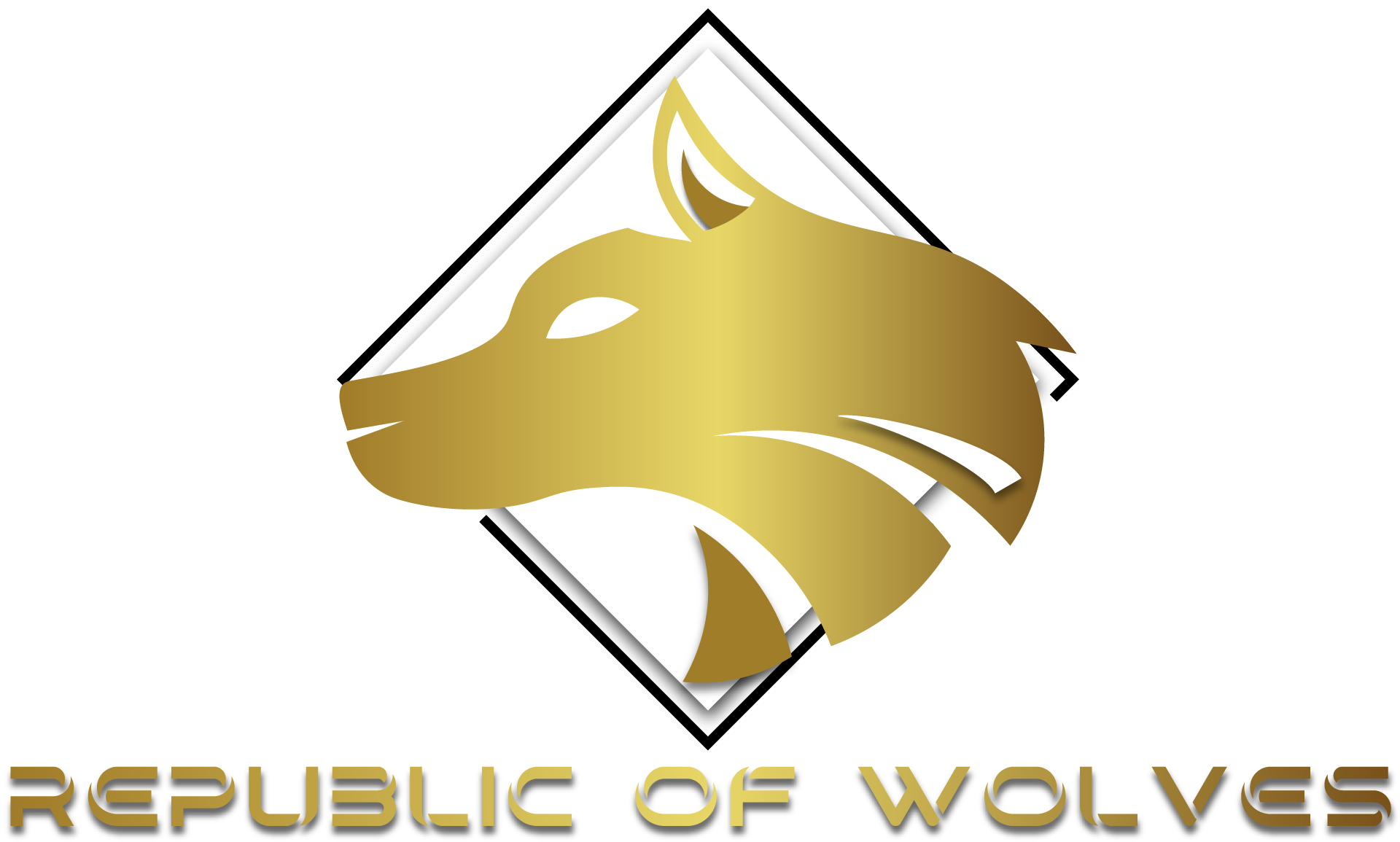Unlocking the secrets of band creativity has long been a topic of fascination for music enthusiasts and industry professionals alike. At its core, exploring band creativity involves delving into the intricacies of the creative process, understanding what drives musicians to push boundaries, and discovering innovative ways to foster artistic growth and development.

What Does Exploring Creativity Mean?
Exploring creativity is a multifaceted concept that encompasses various aspects of human expression and innovation.
- Self-discovery: Through creative pursuits, individuals can gain insight into their thoughts, emotions, values, and passions, leading to a deeper understanding of themselves.
- Artistic expression: Creativity allows people to convey their ideas, experiences, and perspectives in unique and meaningful ways, often transcending traditional forms of communication.
- Innovation and problem-solving: Exploring creativity fosters critical thinking, imagination, and outside-the-box approaches to challenges, driving progress and growth in various fields.
- Personal growth and development: Engaging in creative activities can enhance cognitive abilities, build confidence, and promote emotional intelligence, contributing to overall well-being.
The Power of Creative Expression
Creative expression is a vital aspect of human experience, allowing individuals to:
- Tap into their imagination: Explore new ideas, concepts, and possibilities, expanding their creative potential.
- Communicate effectively: Convey complex thoughts, emotions, and experiences through various art forms, fostering empathy and connection with others.
- Build connections and communities: Share creative endeavors with others, forming bonds and networks around shared interests and passions.
Embracing Creativity in Everyday Life
To cultivate creativity and make it a part of daily life, try:
- Setting aside time for creative pursuits: Allocate space and time for activities that spark imagination and inspiration.
- Experimenting with new mediums and techniques: Explore different art forms, tools, and methods to discover fresh sources of creativity.
- Collaborating with others: Join forces with fellow creatives to share ideas, learn from one another, and co-create innovative projects.
- Embracing failure and learning from mistakes: View setbacks as opportunities for growth, refining skills, and developing resilience.
Conclusion
Exploring creativity is a dynamic and ongoing process that enriches our lives, fosters personal growth, and drives innovation. By embracing creative expression and making it a part of our daily routines, we can unlock our full potential, connect with others, and contribute to a more vibrant and imaginative world.
What is Exploratory Creativity?
As someone who appreciates the beauty of indie music, I’m often fascinated by the creative process behind my favorite bands.
- I’ve come to realize that exploratory creativity plays a significant role in shaping the sound and style of many artists.
So, what exactly is exploratory creativity? In simple terms, it refers to the act of pushing boundaries and exploring new possibilities within a particular field or genre.
- For instance, consider the evolution of Baroque music, which saw composers like Bach experimenting with complex harmonies and melodies.
- This type of creativity involves taking existing ideas and expanding upon them, often resulting in innovative and groundbreaking work.
- In the context of indie music, exploratory creativity might manifest in the form of experimental sounds, unconventional instrumentation, or even new approaches to songwriting.
At Republic of Wolves, we’re passionate about celebrating the artistry and innovation that defines our community.
- We believe that exploratory creativity is essential to staying true to oneself and pushing the boundaries of what’s possible.
- By embracing this mindset, artists can create something truly unique and meaningful, resonating with listeners on a deeper level.
- Whether you’re a musician, artist, or simply someone who appreciates the power of creativity, we invite you to join us on this journey of exploration and discovery.
Let’s dive deeper into the world of exploratory creativity and uncover the secrets behind some of the most innovative and inspiring works out there.
Types of Creativity
While exploratory creativity is just one aspect of the creative spectrum, it’s worth noting that there are other types of creativity as well.
- Convergent Creativity: This type of creativity involves combining existing ideas to create something new and original.
- Divergent Creativity: On the other hand, divergent creativity involves generating a wide range of ideas and possibilities, often through brainstorming or free association.
Both convergent and divergent creativity play important roles in the creative process, and understanding how they intersect can help artists and innovators unlock their full potential.
The Power of Exploratory Creativity
So why is exploratory creativity so important? By embracing this mindset, individuals can tap into their full creative potential, leading to breakthroughs and innovations that might otherwise remain untapped.
- Exploratory creativity allows artists to take risks and push beyond their comfort zones, resulting in fresh perspectives and new ideas.
- It enables innovators to identify patterns and connections between seemingly unrelated concepts, leading to novel solutions and applications.
- Ultimately, exploratory creativity has the power to transform industries, communities, and even individual lives, making it an essential component of any creative pursuit.
At Republic of Wolves, we’re committed to fostering a culture of creativity and innovation, where artists and musicians feel empowered to explore new horizons and push the boundaries of what’s possible.
Conclusion
Exploratory creativity is a powerful force that drives innovation and progress in various fields, from music and art to science and technology.
- By embracing this mindset, individuals can unlock their full creative potential, leading to breakthroughs and innovations that might otherwise remain untapped.
- At Republic of Wolves, we celebrate the artistry and innovation that defines our community, and we invite you to join us on this journey of exploration and discovery.
Together, let’s continue to push the boundaries of what’s possible and create something truly remarkable.

Unlocking the Creative Genius of Musicians
As a musician myself, I’ve often wondered what sets us apart from others in terms of creativity. Is it something we’re born with, or can it be developed through practice and dedication?
The Science Behind Musical Creativity
Research suggests that musicians have a unique ability to tap into their creative potential due to the way our brains process music. When we improvise, our brains activate many of the same centers as language, allowing us to communicate through sound in a way that’s both intuitive and expressive.
Key Factors Contributing to Musical Creativity:
- Brain Plasticity: Our brains are capable of reorganizing themselves in response to new experiences, allowing us to adapt and learn quickly.
- Cognitive Flexibility: Musicians need to switch between different mental frameworks and perspectives, enabling us to think creatively and outside the box.
- Emotional Intelligence: We’re able to tap into our emotions and channel them into our music, giving it a deeper sense of authenticity and connection.
- Practice and Dedication: Like any skill, musical creativity requires consistent effort and practice to develop and hone.
Real-Life Examples of Musical Creativity
From jazz legends like John Coltrane to contemporary artists like Kendrick Lamar, there are countless examples of musicians pushing the boundaries of creativity and innovation. By studying their approaches and techniques, we can gain valuable insights into how to cultivate our own creative potential.
Practical Tips for Enhancing Musical Creativity:
- Experiment with New Sounds and Techniques: Don’t be afraid to try out unusual instruments, effects pedals, or recording methods to discover new sounds and textures.
- Collaborate with Other Artists: Working with fellow musicians can stimulate your creativity and introduce you to fresh perspectives and ideas.
- Take Risks and Step Outside Your Comfort Zone: Embrace uncertainty and challenge yourself to try new things, even if they feel uncomfortable or unfamiliar.
- Pursue Continuous Learning and Growth: Stay curious and motivated by seeking out new knowledge, skills, and inspiration.
Conclusion
Musical creativity is a complex and multifaceted phenomenon that arises from a combination of factors, including brain plasticity, cognitive flexibility, emotional intelligence, and practice. By embracing these principles and incorporating them into our daily lives, we can unlock our full creative potential and become the musicians we aspire to be.
Unlocking the Power of Sound Frequencies
We’ve always been fascinated by the impact of sound frequencies on our minds and bodies.
-
The alpha brainwave frequency, typically measured between 8-12 Hz, has long been associated with relaxation, closed eyes, and a state of reduced cortical activity.
-
However, recent studies suggest that the alpha frequency range may also play a crucial role in boosting creativity.
-
This is because alpha waves facilitate a state of relaxed alertness, allowing us to access our subconscious mind and tap into our creative potential.
Exploring the Connection Between Sound Frequencies and Creativity
When we’re in a state of alpha brainwaves, our minds become more receptive to new ideas and inspiration.
-
By listening to music or sounds that resonate within the alpha frequency range, we can induce a state of relaxation and increase our chances of experiencing a creative breakthrough.
-
One study found that participants who listened to alpha-frequency music showed significant improvements in their problem-solving skills and creative thinking.
-
Another study discovered that individuals who practiced meditation and listened to alpha-frequency sounds exhibited increased gray matter in areas of the brain associated with creativity and imagination.
Practical Applications of Sound Frequencies for Enhanced Creativity
So, how can you harness the power of sound frequencies to boost your creativity?
-
Try listening to music or nature sounds that fall within the alpha frequency range (8-12 Hz).
-
Experiment with binaural beats or isochronic tones specifically designed to stimulate alpha brainwaves.
-
Practice meditation or deep breathing exercises while listening to alpha-frequency sounds to quiet your mind and access your creative potential.
Remember, the key to unlocking your full creative potential lies in finding what works best for you and making it a consistent part of your daily routine.
What Does 396 Hz Do to the Body?
The 396 Hz frequency has been associated with various benefits for the human body, including the elimination of guilt, subconscious fears, negative beliefs, and grief.
-
This frequency is believed to provide a sense of security and stability, which can be beneficial for individuals struggling with anxiety or stress.
-
As a result of its uplifting energy, 396 Hz may be effective as motivational music, helping to boost mood and reduce feelings of sadness or despair.
How Does 396 Hz Affect the Body Physiologically?
Research suggests that exposure to the 396 Hz frequency can have a profound impact on the body’s physiological response, leading to:
-
Reduced cortisol levels: Cortisol is a hormone released in response to stress, and elevated levels can have negative effects on overall health.
-
Increased production of neurotransmitters: Neurotransmitters such as serotonin and dopamine play a crucial role in regulating mood, appetite, and sleep patterns.
-
Improved immune function: Exposure to 396 Hz has been shown to stimulate the release of antibodies, which can help to fight off infections and diseases.
Practical Applications of 396 Hz
In addition to its potential therapeutic benefits, 396 Hz can be incorporated into daily life through various means, including:
-
Meditation and mindfulness practices: Listening to 396 Hz during meditation or mindfulness exercises can help to promote relaxation and reduce stress.
-
Music therapy: Incorporating 396 Hz into music therapy sessions can help to alleviate symptoms of anxiety and depression.
-
Sound healing: Using sound healing techniques, such as tuning forks or singing bowls, can help to balance the body’s energy and promote overall well-being.

Can Binaural Beats Release Dopamine?
Binaural beats have gained popularity for their potential therapeutic benefits, including reducing stress and anxiety, improving sleep, and enhancing cognitive function.
- What Are Binaural Beats?
- Binaural beats are an auditory phenomenon created by playing two slightly different frequencies in each ear, resulting in a perceived beat or pulse.
- This can alter brainwave activity, inducing a state of relaxation or increased focus.
The Science Behind Binaural Beats and Dopamine
Dopamine is a neurotransmitter associated with pleasure, reward, and motivation.
- Research suggests that binaural beats may stimulate the release of dopamine in certain individuals, particularly those with low dopamine levels.
- Studies have shown that listening to binaural beats can increase dopamine activity in the brain, leading to improved mood and reduced symptoms of depression.
- However, it’s essential to note that individual results may vary, and more research is needed to fully understand the relationship between binaural beats and dopamine release.
How Can I Use Binaural Beats to Boost Dopamine?
If you’re interested in trying binaural beats to boost dopamine, consider the following:
- Choose the Right Frequency: Look for binaural beats recordings specifically designed to target the brain’s default mode network, which is responsible for releasing dopamine.
- Listen Regularly: Consistency is key when it comes to experiencing the benefits of binaural beats.
- Combine with Other Techniques: Pair binaural beats with meditation, exercise, or other activities that promote dopamine release for enhanced effects.
Conclusion
While binaural beats show promise in stimulating dopamine release, it’s crucial to approach this topic with a critical and open-minded perspective.
By understanding the science behind binaural beats and dopamine, you can make informed decisions about incorporating this technique into your wellness routine.

0 Comments